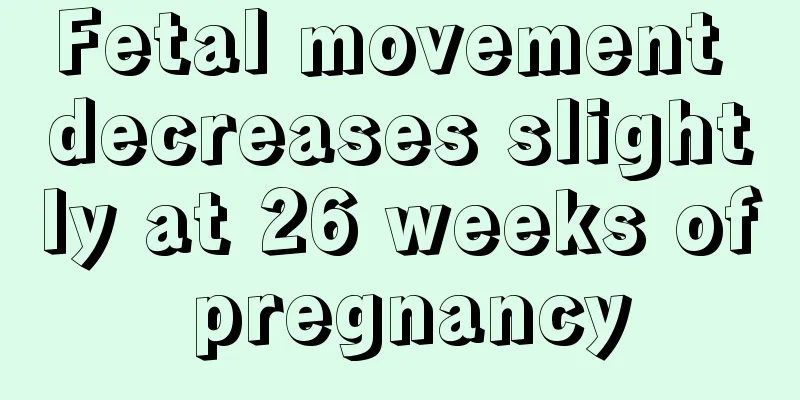When is the dangerous period?

|
The danger period mainly refers to the situation during the menstrual cycle when sperm can meet to become a fertilized egg and then conception. Many female friends do not want to get pregnant, but when they encounter this danger period, they will have symptoms of pregnancy. Therefore, for many female friends who do not want to get pregnant in daily life, the danger period is still very critical, so you must pay attention to any dangers. It is mainly during the menstrual cycle when the egg meets the sperm to become a fertilized egg and produce some conception. The method of calculating the risk is mainly used by many people who want to get pregnant and those who don't want to get pregnant. The risk period is also called the ovulation period. Only in this way can they successfully conceive. Below we will briefly introduce the test method of the risk period. A woman's ovulation date is generally about 14 days before the next menstrual period. After the egg is released from the ovary, it can survive in the fallopian tube for 1 to 2 days, waiting for fertilization; the male's sperm can maintain fertilization potential in the female's reproductive tract for 2-3 days, so it is easy to get pregnant through sexual intercourse a few days before and after the egg is released. To be on the safe side, we call the 5 days before and 4 days after ovulation, together with the ovulation day, a total of 10 days, the ovulation period, which is also the dangerous period. Because it is easy to get pregnant through sexual intercourse during the ovulation period, the ovulation period is also called the fertile period or the dangerous period. Starting from the first day of the next menstrual period, counting down 14 days or subtracting 14 days is the ovulation day. The ovulation day and the 5 days before and 4 days after the ovulation day are called the ovulation period. Self-test of women's safe period. For example, a woman's menstrual cycle is 28 days. The first day of this menstruation is December 2nd, so the next menstruation will be on December 30th (December 2nd plus 28 days). Subtract 14 days from December 30th, and December 16th is the ovulation day. The ovulation day and the 5 days before and 4 days after it, that is, December 11-20, is the ovulation period. Except for the menstrual period and ovulation period, the rest of the time is the safe period. What is the theoretically absolute safe period? Regarding the calculation of the safe period for women, it is said that the ovulation period is the first 5 days and the last 4 days starting from 14 days before the next menstruation. However, depending on each person's specific situation, early ovulation or double ovulation may occur. How many days in advance does early ovulation usually occur? And which days in the safe period calculation method does the second ovulation occur? Also, can we say that the first or second day after the menstruation is over, and the day before the next menstruation, two days before, or even the first three days can be considered as an absolute safe period? Or, to take a step back, the first day of the menstruation and the day before the next menstruation are absolute safe periods. In theory, except for the ovulation period, the rest of the menstrual cycle is called the safe period. However, because ovulation is affected by many factors and may be advanced or delayed by a few days, the safe period is divided into absolute and relative. The absolute safe period refers to the days that are absolutely safe even if the ovulation date changes. Because the ovulation date generally does not vary by more than 3 days, the week before and after menstruation (assuming 3 days) should be absolutely safe, and the closer to the menstruation, the safer it is. The date of the dangerous period is mainly about fourteen days before the next menstruation. It is mainly when the egg is released and can survive in the fallopian tube for one or two days waiting for fertilization. The male sperm can maintain the fertilization ability in the female reproductive tract for two to three days. Therefore, it is easy to get pregnant during the dangerous period. Therefore, the dangerous period determines some of the basic factors of pregnancy or conception. |
<<: Small amount of dark menstrual blood
>>: Can I wash my hair during confinement?
Recommend
Spring diarrhea, beware of Norovirus "tricks"
This is the 3158th article of Da Yi Xiao Hu Norov...
What are the risks of ovarian removal?
Current surgeries are already quite mature, inclu...
The benefits of drinking honey for women
Pure honey is something we eat every day. It is r...
What to eat for pregnant women with Yin deficiency and internal heat
Generally speaking, the physical condition of Yin...
Pictures of female neck warts
The neck of a woman is most likely to age first. ...
Is brown discharge normal during early pregnancy?
The color of secretions of many women may change ...
What to do if your arms get cold after abortion
After a miscarriage, women must take good care of...
What is the thickness of the endometrium during menstruation?
Menstruation is something that every normal woman...
What does deep cervix mean?
Many female friends will encounter such a situati...
How many days does it take to dry homemade sausages? How to make sausages?
Chinese sausages do not contain starch and can be...
Are there any pregnant women who have been bleeding during pregnancy?
Perhaps everyone knows that women will experience...
What is the cause of chest pain for a 15-year-old girl?
For girls aged 15 to 16, the growth and developme...
How many weeks of pregnancy is nt
Nt test is a must-do test during pregnancy checku...
What to do if a 13-year-old girl has acne on her forehead
Most people who get acne on their foreheads have ...









